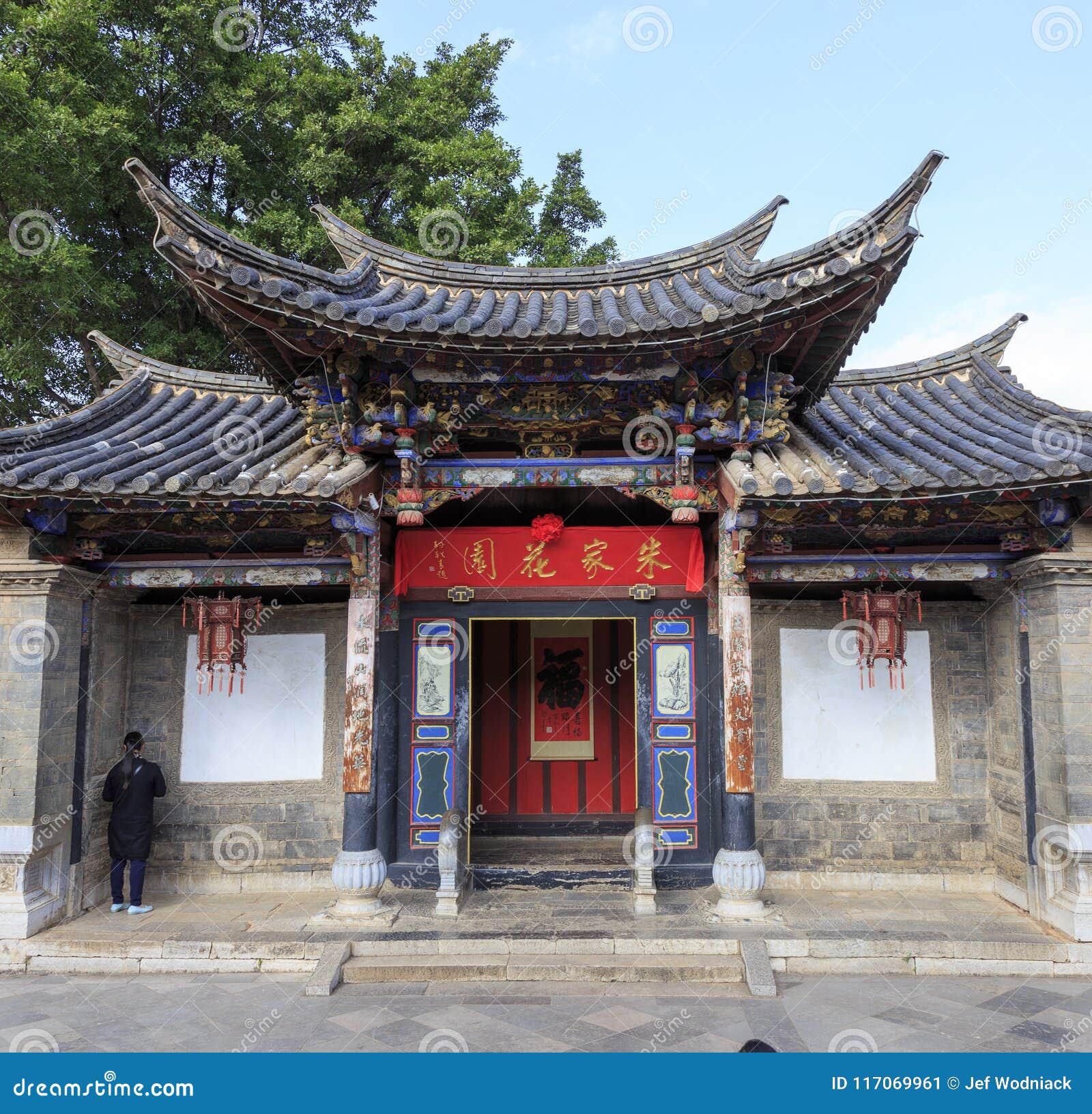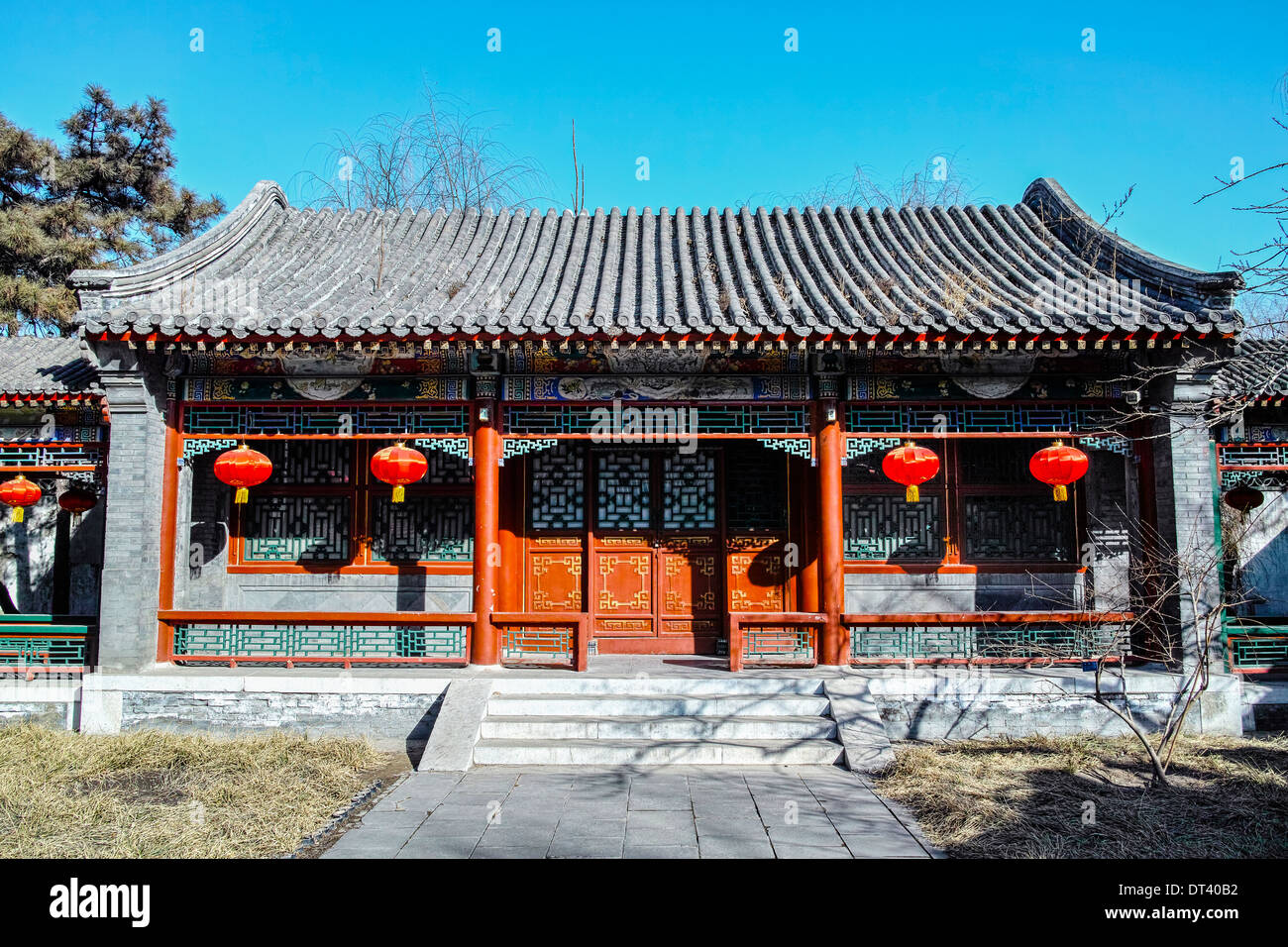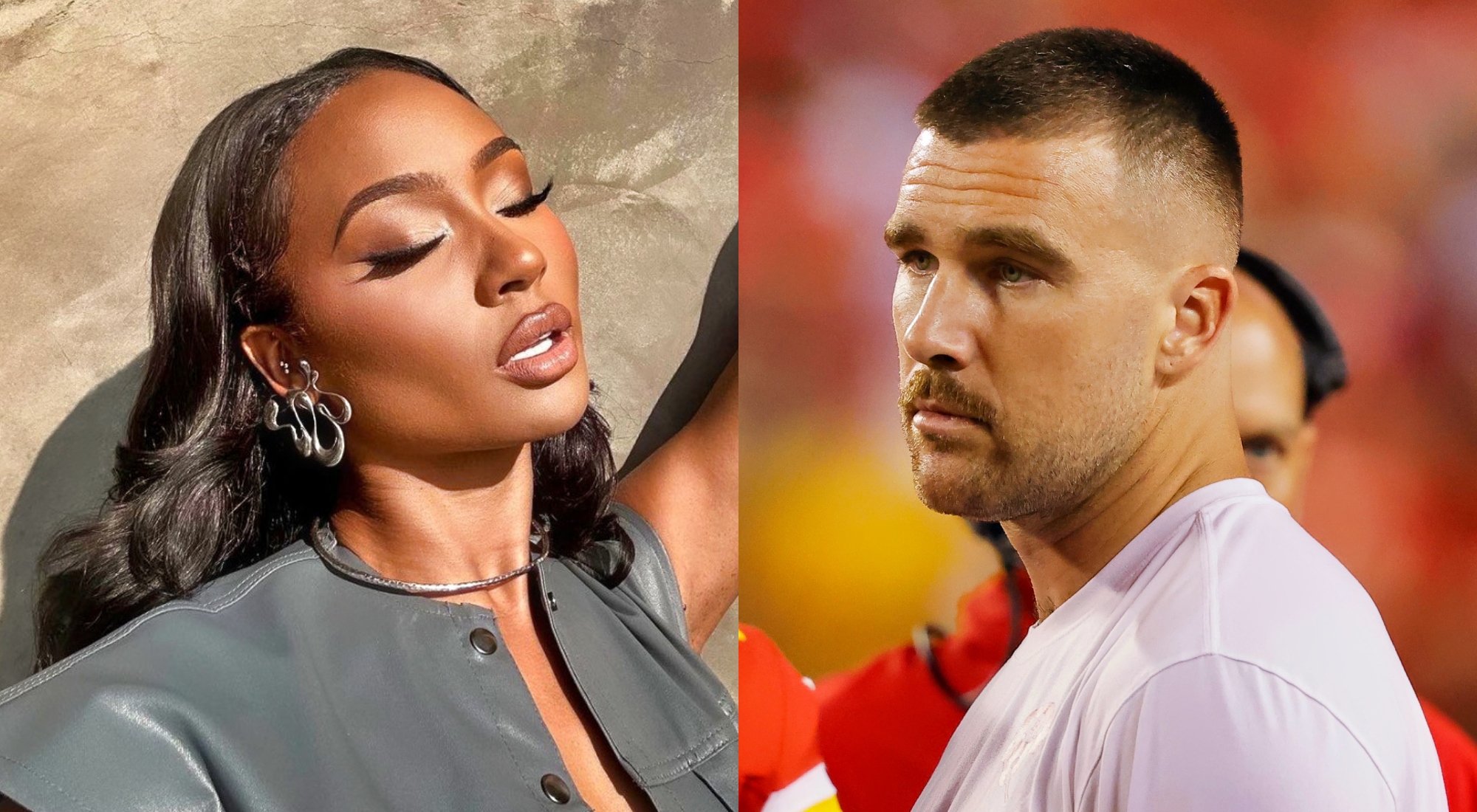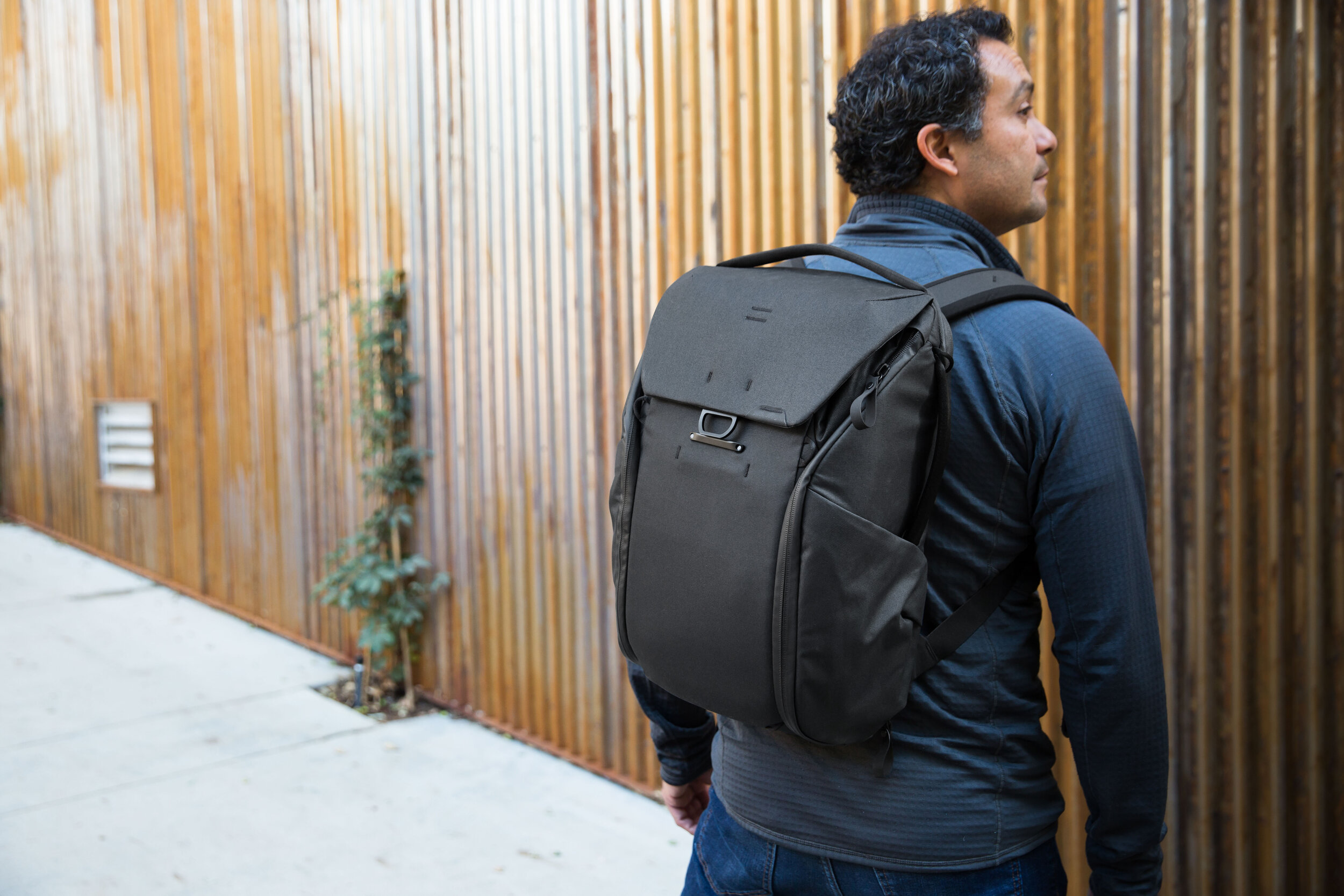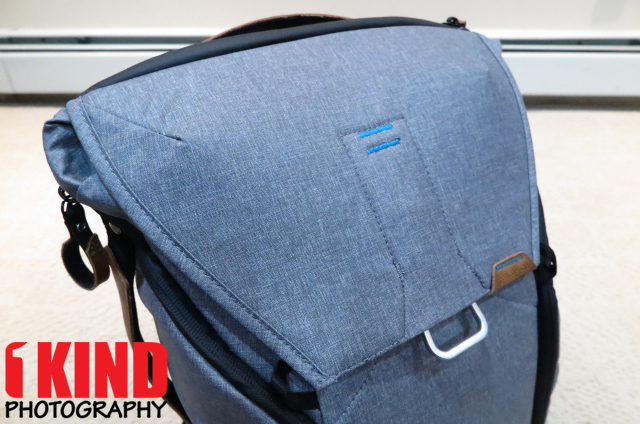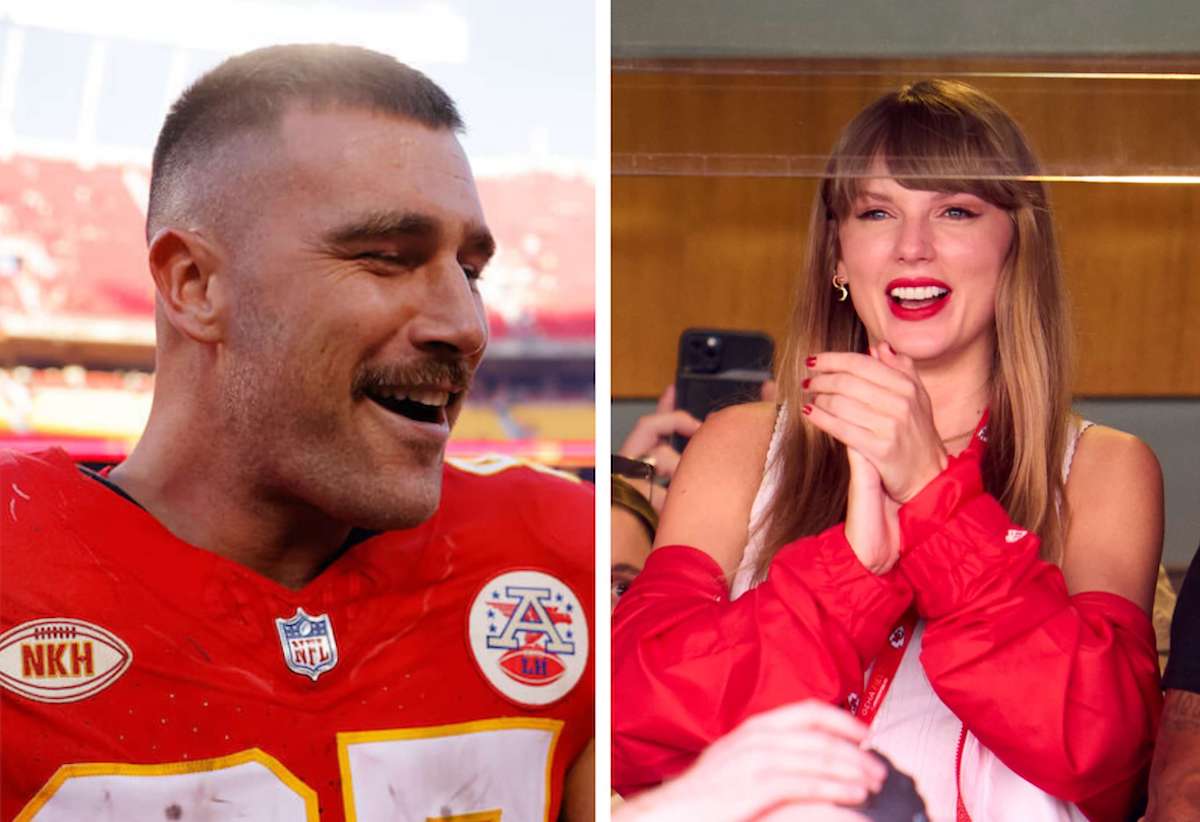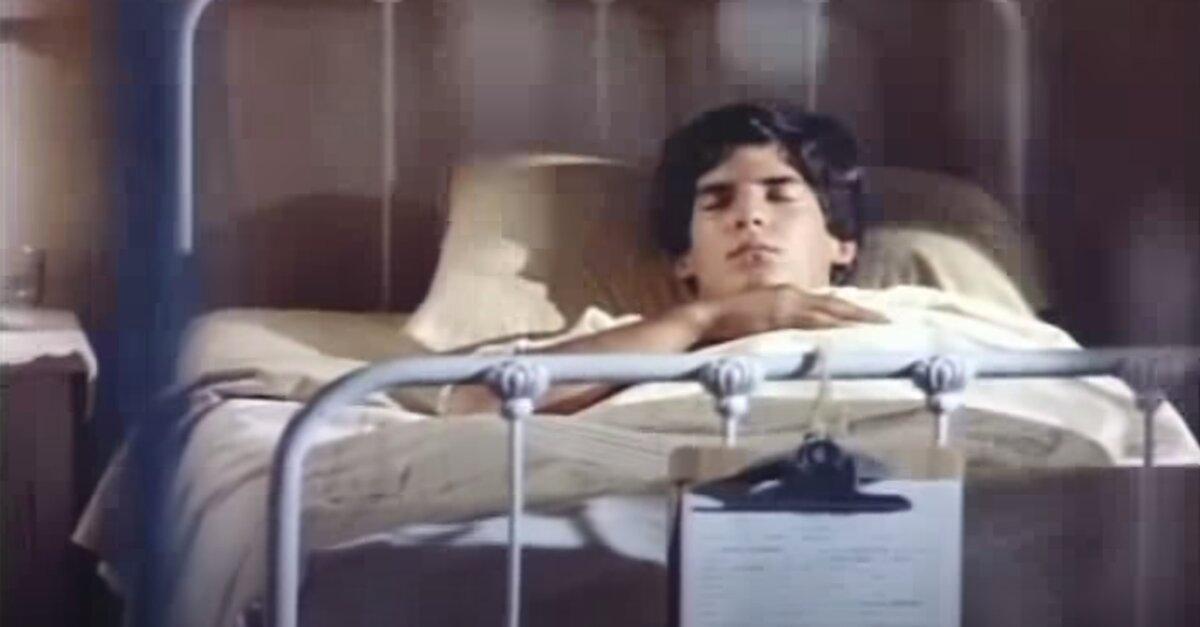Table Of Content
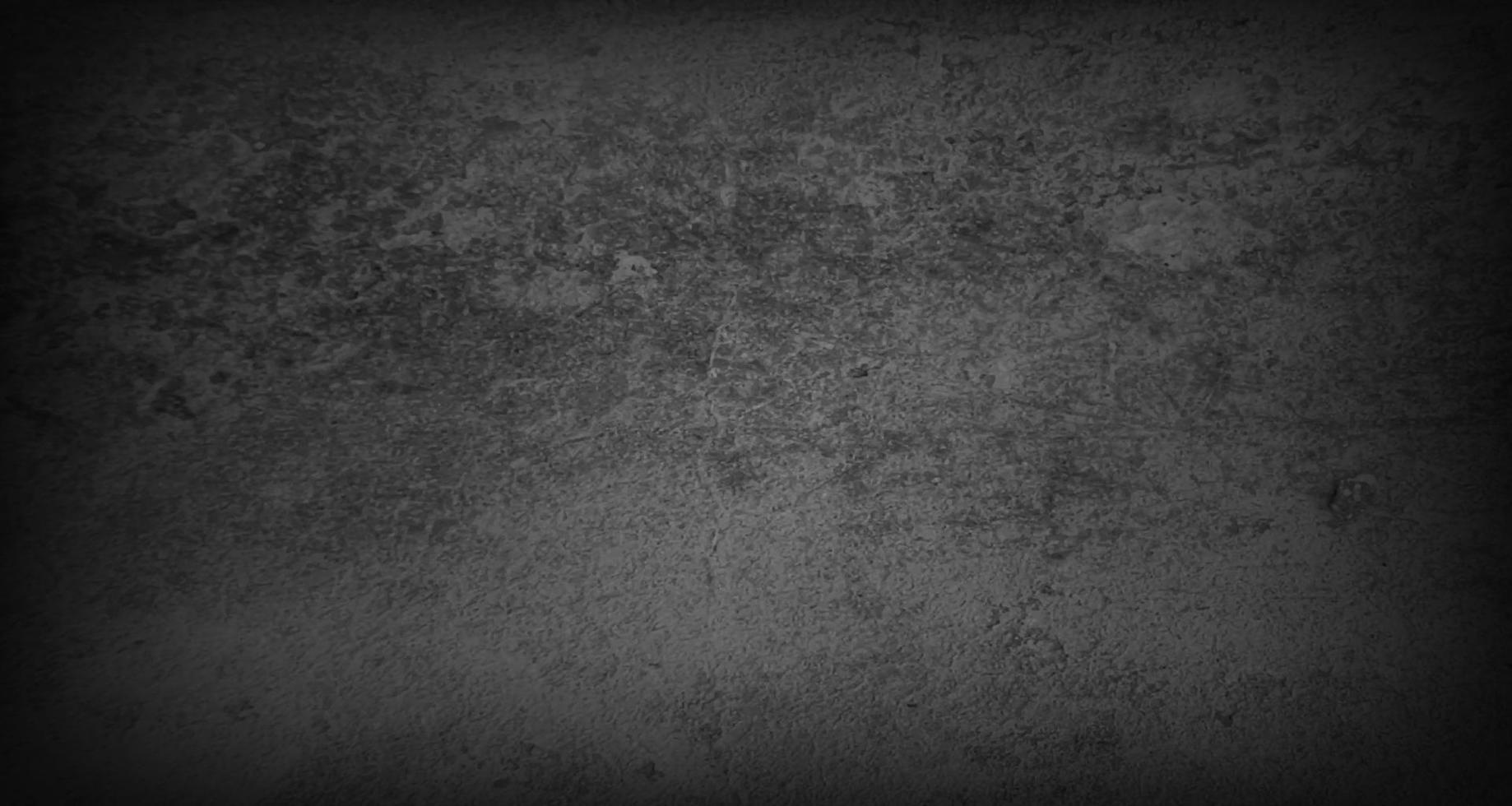
Black and white crumpled paper textures are very stylish and can be used for a variety of projects. They bring an element of uniqueness to designs that attract the audience immediately. This Black and white crumpled paper texture from Freecreatives can be used freely for personal and commercial purposes.
Physical Textures
Using texture in design we direct users to comprehend works of art and designs by visualizing the feels when touched. You can download 3D textures, which offer a three-dimensional appearance, in both vector and raster graphics formats on Freepik. All of the above images give the impression of several successive layers receding back into space. This is one form of texture that designers don’t always think of as such. Meanwhile, the posters above right and left are great examples of how to join a photograph of a human subject with flat design and typographic elements. The visual identity for We Love Graphics Design 2014 shows how the right use of different elements can create a three-dimensional feel.
Simple Steps to Blend Two Images In Photoshop Like a Pro
Ty Pennington's Advice On How To Give Depth To A Space - House Digest
Ty Pennington's Advice On How To Give Depth To A Space.
Posted: Wed, 20 Sep 2023 07:00:00 GMT [source]
In terms of photo or image composition, texture is the perception the viewer has of the represented objects in the sense that they have a believable appearance. Background texture is an image of a textured surface applied to your photo or image as an overlay to add depth or change the viewer's perception. The use of texture in photography is one of the most basic yet impactful things that make a difference. Adding textures to a photo in Photoshop or other software can even transform the elements to appear as if they were made of different materials. For this reason, add them to your repertoire when it comes to photo retouching. Simulated texture no longer holds the prominent position that it once did.
The Element of Design Texture
This pack contains 22 high-resolution wrinkled paper textures that can suit your creative needs. For example, a leaflet campaign on deforestation could be supported with a leaf textured image to support the overall look and feel of the design. Paper textures and patterns are vital tools for designers and creative professionals.
This pack comes loaded with 53 old vintage paper textures that are completely handmade. These textures are perfect if you are looking to create a design with a vintage look. From scrapbooking to creating a super cool background, old vintage paper textures have everything you could dream of. The pack includes 2 PSD and PNG files plus 6 burnt edge papers in addition to 45 old papers.
This creative typography project shows how texture can be used to emphasize specific elements of a design – in this case, a Pizza Menu. Subtle texture combined with typography results in outstanding and memorable pieces. Because of the subtlety, designs like this add a modern twist to minimalist designs. Without having to be too complicated, the simple notion of texture paired with typography can be enough to be a memorable piece. Fresh grass, spring flowers, tree bark, and about a million other textures beautifully complement designs to add a soft touch.
Free Withered Wood Textures (By GraphicsFuel, JPG)
Read on as we discuss different types of textures and explore some real-life examples. Textures in graphic design work can quickly bring an extra layer of meaning to a previously static image. For instance, 3D textures can add more depth and visual interest if you show texture in paint rather than a flattened brush stroke. There’s a fine difference for when not to use and when to use textures which is what we’d like to focus on today. Backgrounds with textures are a great tool for making designs seem more three-dimensional.
They will especially work well with cleaner design compositions. Believe it or not, none of what you see above is based on a photograph. The patterned fabric behind the letter “A” above left was generated entirely by a designer using digital tools. The same goes for the fleshy form breaking through what looks like a sheet of paper, and for the “a” of brushed paint at left.
The texture is a vital element in visuals, and when used by the correct designer, it adds a layer of detail to the graphic design. To achieve texture-enhanced graphic designs, you need powerful graphic design software capable of handling different layers of texture. Tools capable of adjusting contrast between the different layers and blending the foreground and background images. Creating visually appealing and functionally sound graphic designs with texture is an art form in and of itself. Mastering the use of texture in design, whether as an element or a principle, may take your graphic design projects to the next level.
For a project to be complete, the designer usually has to incorporate almost all these elements into the piece. By balancing and arranging them artistically on a layout, they ultimately achieve a richer, fuller design. But out of all them, there is one underrated element that plays a critical role in the finished design—texture. Tactile design elements can influence the audience in a way that helps establish a connection between the physical and visual qualities of an object. Creative professionals can transfer the tactile texture of a physical surface through their innovative ideas in graphic design. Symbol of simplicity, virtue, and chastity, ivory has always been revered by mankind.
Tactile Media College of Fine Arts - Boston University
Tactile Media College of Fine Arts.
Posted: Sat, 03 Dec 2022 20:09:27 GMT [source]
The key is to use texture sensibly and intentionally to boost the design as a whole. DINPATTERN DINPATTERN is a developer site with free seamless patterns. There is even a set of mobile compatible patterns for your web development needs. Founded by brothers Bruno and Ingo Joseph in 2014 with only 800 photos, Pexels can boast about having a library of over 3.2 million videos and photos today!
In digital design, where textures are implied rather than actual, texture can be used to add visual interest and depth. The general definition of texture in graphic design is the surface quality in a work of art. However, the difference here is that texture in graphic design cannot be felt physically. Business owners and creative professionals work towards making their designs as life-like as possible, and what could be better than textures! We will explore four ways that textures can be used in graphic design. This Kraft paper texture can be used by businesses and creative professionals to market their eco-friendly packaging designs.

Whatever be your requirement, Behance has an excellent collection of ultra-high-resolution paper textures that can get your party started. Unlike physical textures, these abstract textures are digitally created, possibly by using the pattern tools in Illustrator. With a more uniform result, they will come across as less chaotic and also highly editable in the state you find them in.
In other words, when you observe something with texture, it looks like you could reach out and touch it. This could be anything from a rough stone wall to a smooth leather chair cushion. In graphic design, textures are used to give designs an extra layer of detail that makes them feel more real or lifelike. Texture in graphic design refers to the tactile quality or visual appearance of a surface, often simulated or represented through patterns, images, or effects. It adds depth, dimension, and visual interest to design compositions, enhancing their overall aesthetic appeal.
